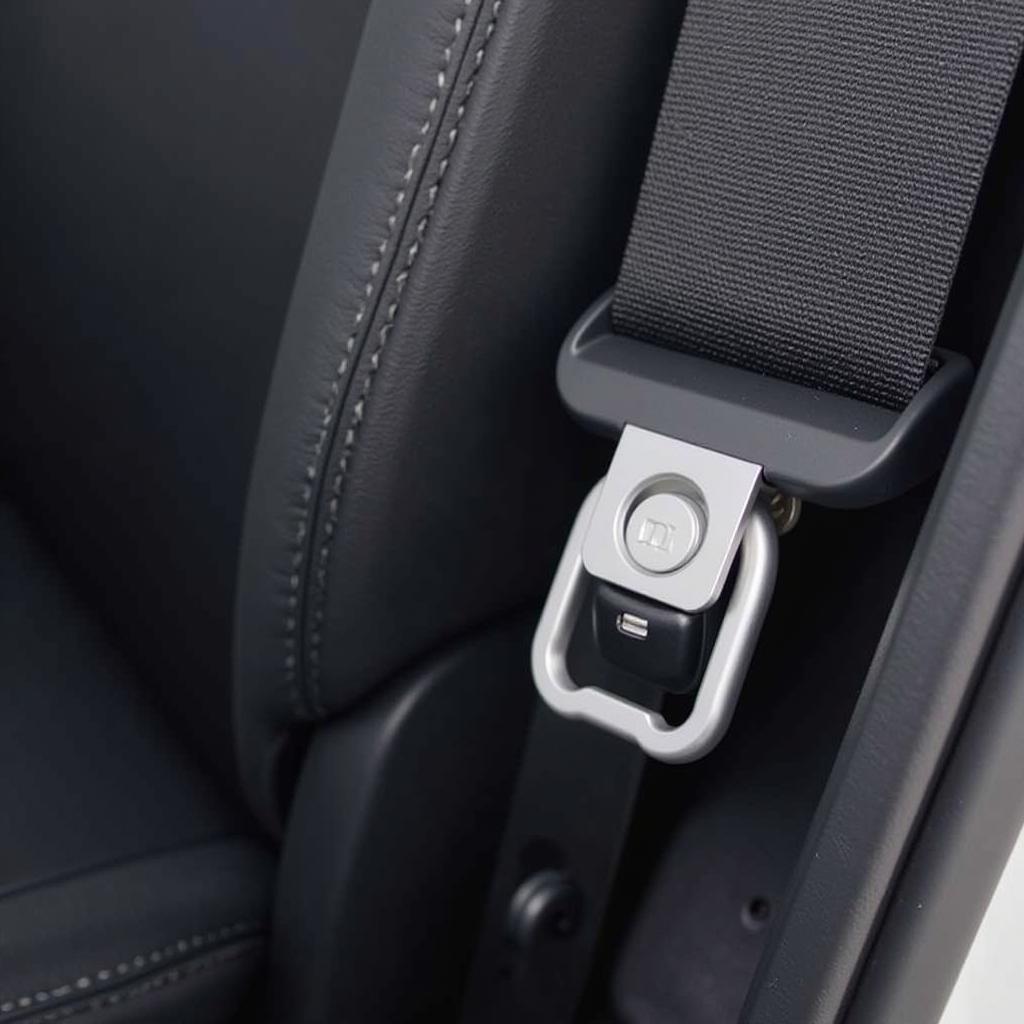Warner electric motor brakes are crucial components in various applications, from industrial machinery to electric vehicles. A malfunctioning brake can lead to safety hazards and costly downtime. This guide provides a comprehensive overview of common issues, troubleshooting steps, and solutions for Warner electric motor brakes. We’ll explore everything from basic checks to advanced diagnostic techniques, empowering you to address brake problems effectively. warner electric mb825 90v motor brake
Understanding the Basics of Warner Electric Motor Brakes
Warner electric motor brakes are designed to engage when power is removed, providing a reliable stopping mechanism. They operate using electromagnetic principles, with the brake releasing when power is applied. Understanding the fundamental workings of these brakes is essential for effective troubleshooting.
Key Components and Their Function
The primary components include the brake housing, armature, friction disc, magnet, and springs. The magnet, when energized, attracts the armature, releasing the friction disc and allowing the motor to rotate freely. When power is cut off, the springs push the armature against the friction disc, engaging the brake.
Common Issues with Warner Electric Motor Brakes
Several issues can arise with Warner electric motor brakes, ranging from simple adjustments to more complex electrical problems.
Brake Not Engaging
If the brake fails to engage, the problem could be due to worn friction material, weak springs, or a faulty magnet. Check the air gap between the armature and friction disc. An excessive gap may indicate worn components.
Brake Not Releasing
A brake that won’t release can be caused by a stuck armature, a malfunctioning solenoid, or low voltage to the brake. Inspect the solenoid for any signs of damage or debris. prius temporary brake warning
Excessive Noise or Vibration
Unusual noises or vibrations can indicate worn bearings, loose components, or an uneven friction surface. A thorough inspection of the brake assembly is necessary to identify the source of the problem.
“Regular maintenance is key to preventing brake issues,” says John Smith, Senior Automotive Engineer at BrakeTech Solutions. “Inspecting and cleaning the brake assembly periodically can significantly extend its lifespan.”
Troubleshooting Warner Electric Motor Brakes: Step-by-Step Guide
This section outlines a systematic approach to troubleshooting Warner electric motor brakes.
- Check the Power Supply: Ensure the correct voltage is being supplied to the brake. Use a multimeter to verify voltage at the brake terminals.
- Inspect the Wiring: Examine the wiring for any damage, loose connections, or corrosion. Repair or replace any faulty wiring.
- Test the Solenoid: Use a multimeter to test the solenoid’s resistance. A reading outside the specified range indicates a faulty solenoid. warner brake controls
- Examine the Friction Material: Check the friction material for wear and tear. Replace the friction disc if it’s worn beyond the manufacturer’s recommendations.
- Inspect the Springs: Ensure the springs are intact and have the correct tension. Replace any damaged or weakened springs. warner brakes and alignment
Advanced Diagnostic Techniques
For more complex issues, advanced diagnostic tools can be invaluable.
Remote Diagnostics and Software Programming
Remote diagnostics and software programming allow technicians to access and analyze brake performance data remotely. This can help identify intermittent issues and optimize brake settings. warner clutch brake unit
“Remote diagnostics are transforming the way we troubleshoot brake systems,” explains Maria Garcia, Lead Diagnostic Technician at AutoTech Innovations. “The ability to access real-time data from anywhere in the world significantly reduces downtime and improves efficiency.”
Conclusion
Troubleshooting Warner electric motor brakes requires a systematic approach and a good understanding of their operation. By following the steps outlined in this guide, you can effectively diagnose and resolve common brake issues. Regular maintenance and the use of advanced diagnostic techniques can help ensure the reliable and safe operation of your Warner electric motor brakes.
FAQ
- What is the most common cause of a Warner electric motor brake not engaging? Worn friction material is a frequent culprit.
- How do I test the solenoid in a Warner electric motor brake? Use a multimeter to measure its resistance.
- What are the signs of a worn friction disc? Excessive air gap and reduced braking performance.
- Can I repair a worn friction disc? No, it needs to be replaced.
- How often should I inspect my Warner electric motor brake? Regular inspections, as recommended by the manufacturer, are essential.
- What are the benefits of remote diagnostics for Warner electric brakes? Faster troubleshooting, reduced downtime, and optimized brake performance.
- Where can I find replacement parts for my Warner electric motor brake? Authorized distributors and online retailers.


